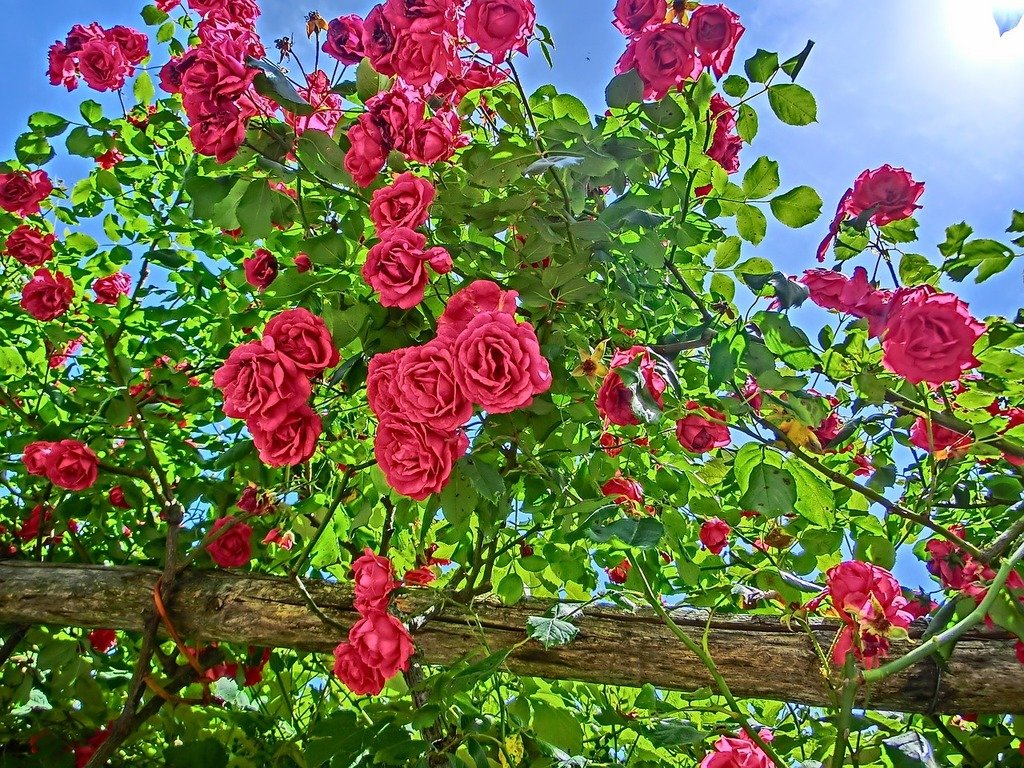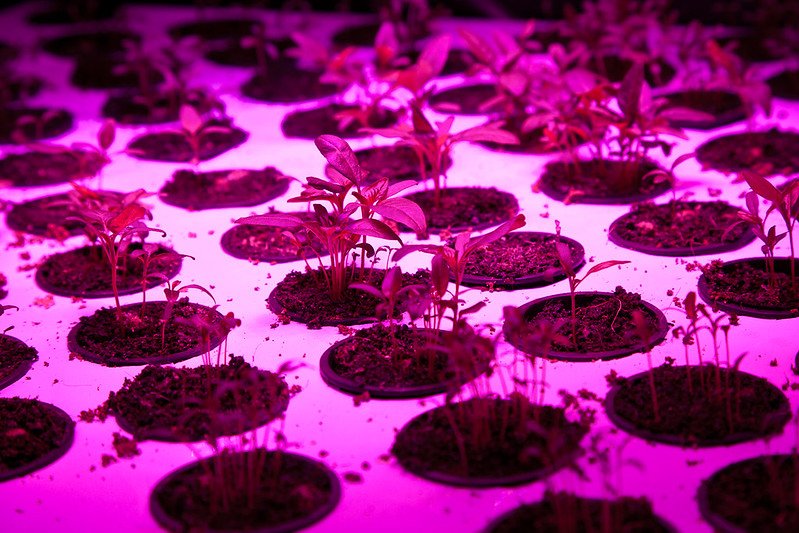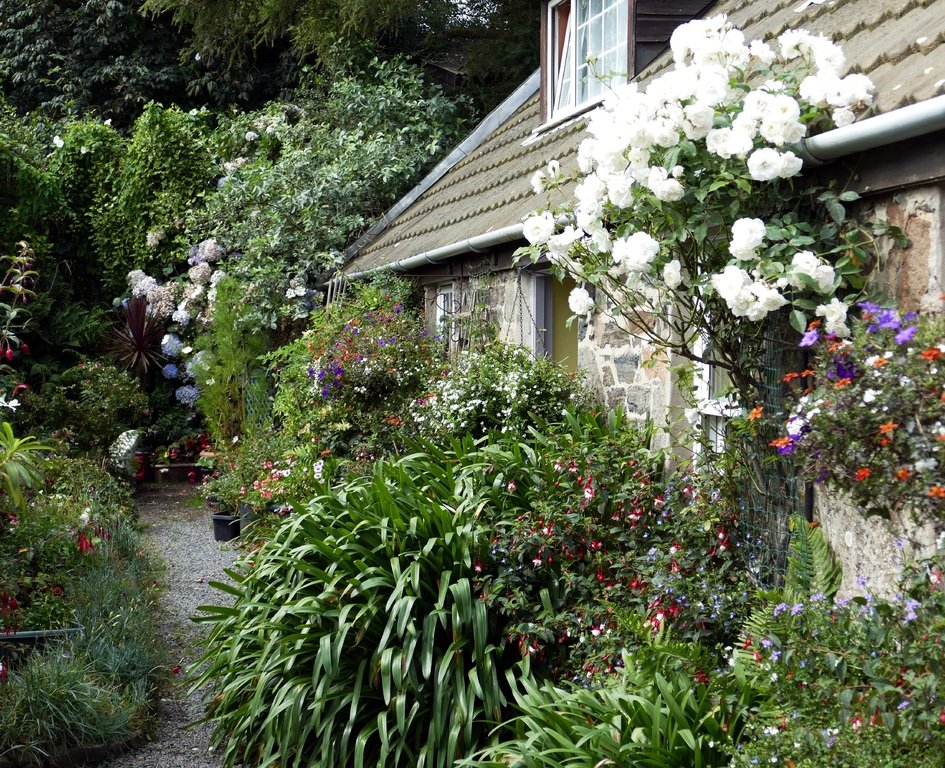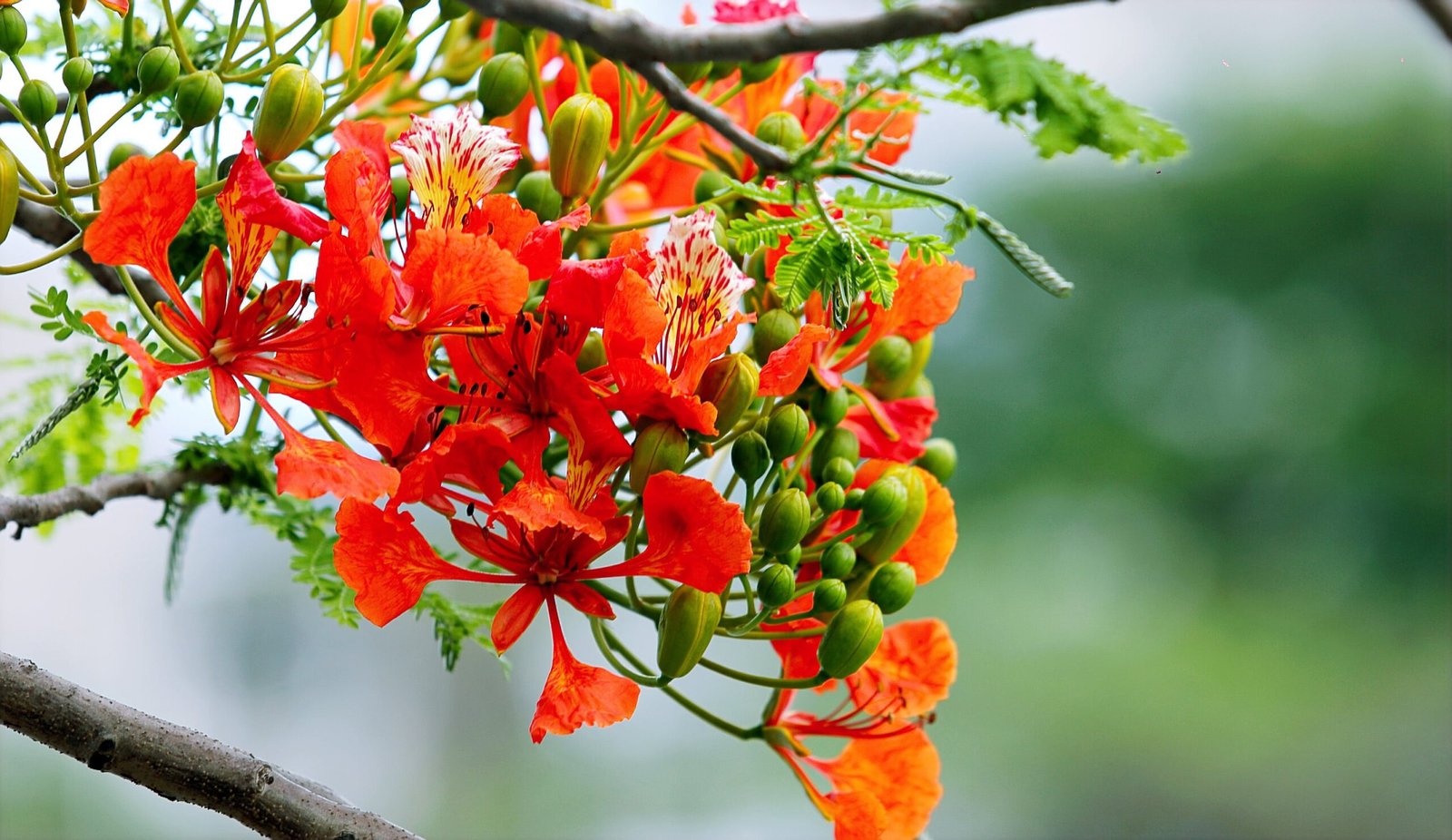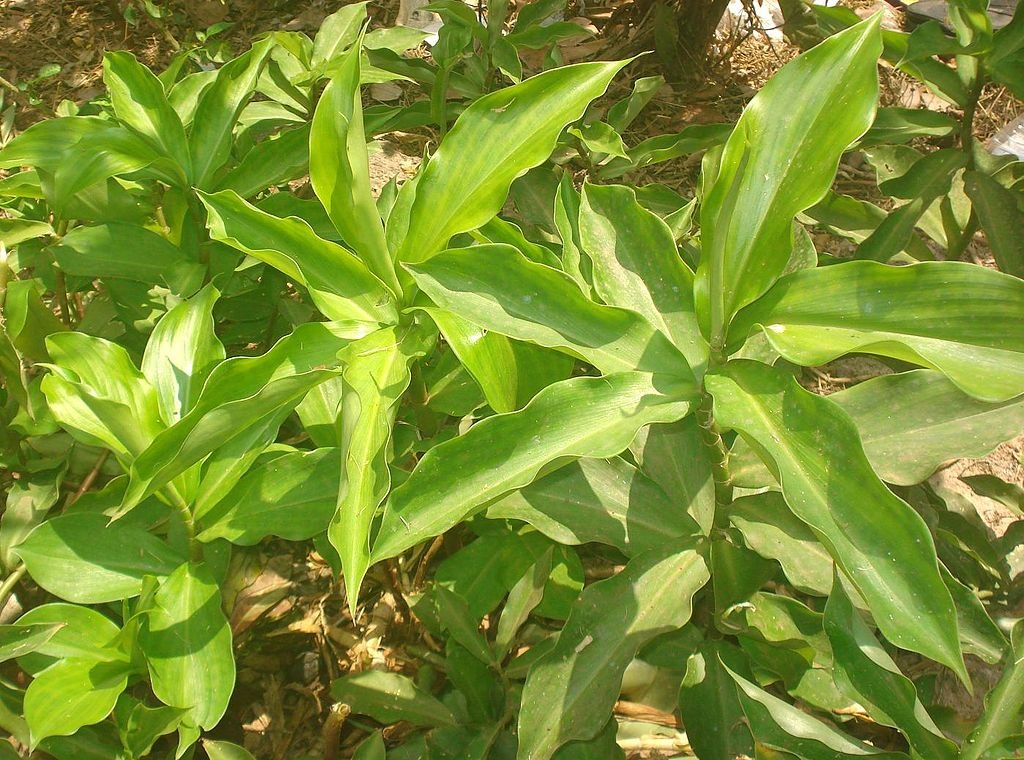Step into a captivating exploration that unveils the enchanting world of roses, where each petal tells a tale of beauty and emotion through its myriad hues. These timeless symbols of love and elegance boast a breathtaking spectrum of colors that have intrigued us for centuries.
Have you ever wondered about the origins of this diverse palette that adorns the petals of these blooms? Prepare to delve into the mesmerizing realm where genetics, pigments, and the artistry of nature blend harmoniously to orchestrate the stunning symphony of rose colors.
From the soft, delicate blush of petals reminiscent of a first blush to the deep, passionate crimson blooms that stir the heart, the journey ahead invites you to explore the intricate interplay of flower pigments. Like artists mixing their paints, these remarkable compounds collaborate to bring forth the captivating diversity that defines the world of roses.
Embark on this exhilarating voyage as we uncover the hidden science that breathes life into rose colors. Peel back the layers of each petal to reveal the secrets held within, the intricate patterns and shades that transform a simple bud into a masterpiece of nature. Join us in unraveling the captivating saga behind rose colors – a tale of genetics, pigments, and the poetry of petals.
Table of Contents
What is the rarest type of rose?
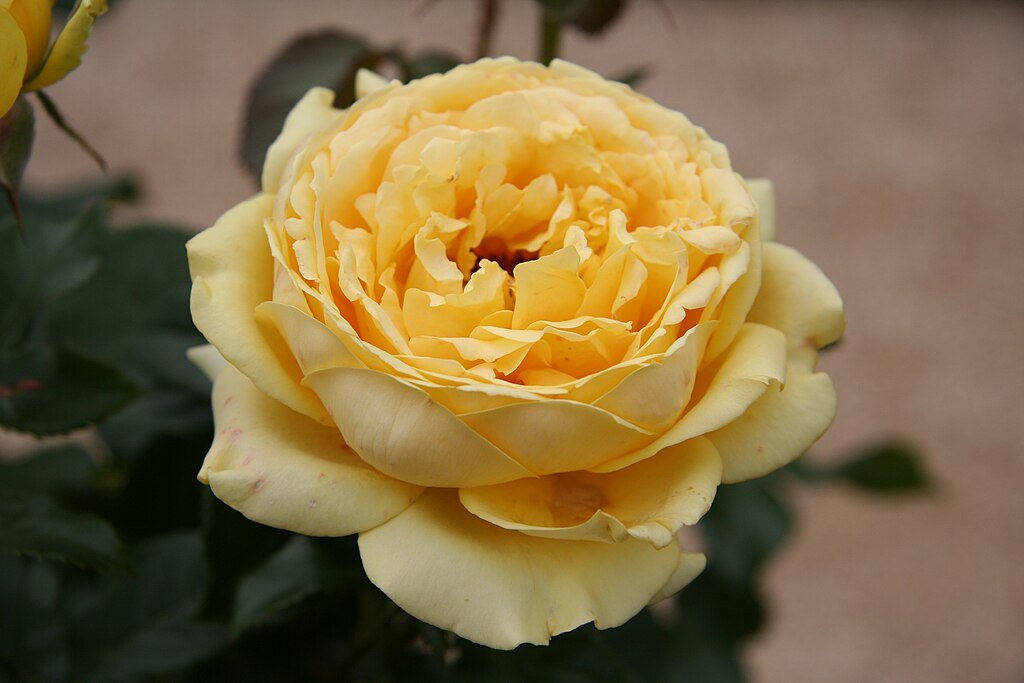
The “Juliet Rose” (also known as the “Shakespeare in Love” rose) is often considered one of the rarest and most sought-after types of roses. This variety is a stunning peach-colored rose with a unique and intricate petal structure. It gained attention for its captivating appearance and limited availability, contributing to its reputation as a rare and exclusive rose.
What is the rarest rose color?
Blue roses are often considered one of the rarest rose colors in nature. True blue roses were historically elusive because natural roses do not possess the genetic components necessary to produce blue pigments. However, through genetic engineering and hybridization, scientists and horticulturists have been working to develop blue roses, though their availability might still be limited.
Blue pigment in roses is challenging to achieve due to the absence of the specific enzymes required to convert the red pigments (anthocyanins) to blue. Researchers have made progress in introducing genes from other flowers into roses to create a bluish hue, but true blue roses are not yet as standard as different colors like red, pink, yellow, or white.
What Color was the first rose?
The color of the original wild roses, from which cultivated roses are believed to have originated, is thought to have been pink or white. Wild roses are often depicted as having these natural hues. The first cultivated roses were likely single-petaled and carried similar colors as their wild counterparts.
How do roses get different colors?
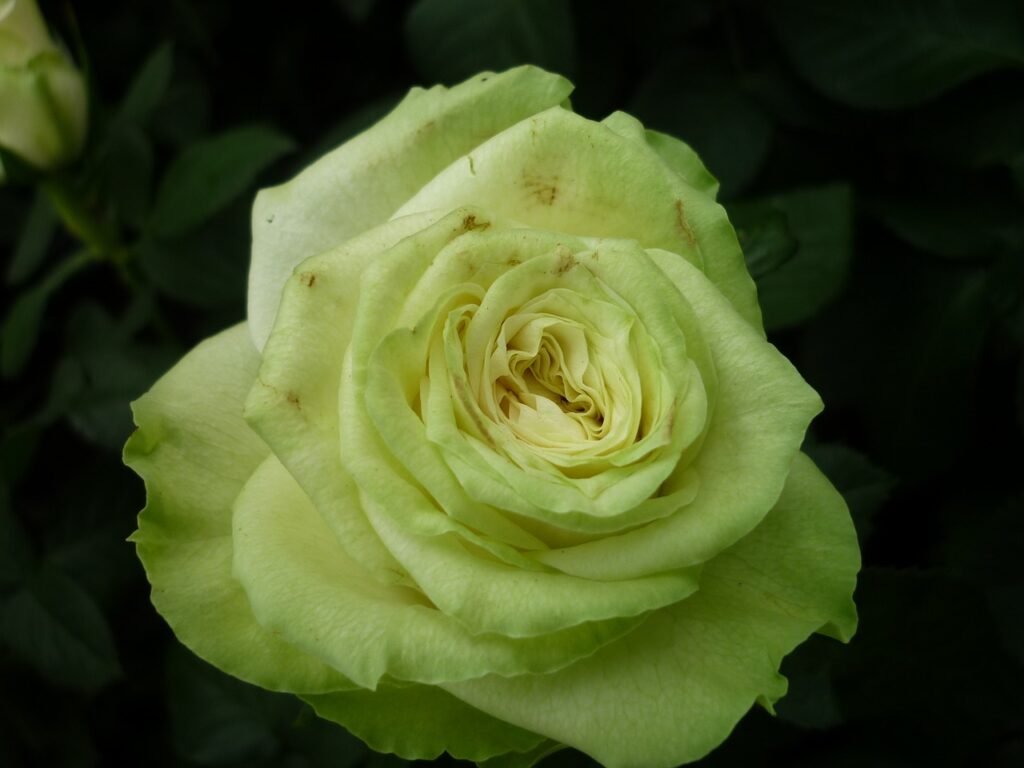
It’s important to note that the evolution and breeding of roses over centuries have led to the vast array of colors we see today. Early rose cultivation by humans began around 5,000 years ago, and through selective breeding and hybridization, humans have created the diverse palette of colors that adorn roses today, ranging from reds and pinks to yellows, oranges, and even near-blue shades (although true blue roses are still relatively rare).
The exact color of the first cultivated rose may not be definitively known due to the passage of time and the lack of records. Still, it’s generally believed to have been a variation of pink or white, similar to its wild ancestors.
The colors of roses are primarily determined by the presence of specific pigments in the flower petals. The primary pigments responsible for the variety of rose colors are anthocyanins and carotenoids. These pigments are influenced by genetic factors as well as environmental conditions.
Anthocyanins
Roses exhibit stunning colors, from captivating reds to soothing blues and regal purples. These captivating hues owe their existence to water-soluble pigments known as anthocyanins. These remarkable compounds, found in the petals of roses, hold the key to the mesmerizing variety of rose colors.
The intriguing play of color results from the pH levels within the cell sap of the petals. In acidic conditions, anthocyanins lean towards vibrant reds; they transform into captivating blues in alkaline surroundings. This inherent pH responsiveness gives rise to the diverse shades that grace rose gardens.
Crucially, the genes orchestrating anthocyanin production and interaction are the invisible artists behind each petal’s hue. These genetic intricacies interweave to craft each rose’s unique and enchanting color identity. As a result, the world of roses is a testament to nature’s delicate balance of chemistry and genetics, bestowing us with a kaleidoscope of floral wonder that continues to mesmerize. Explore the fascinating world of flower colors and pigments through our insights on roses and rose colors.
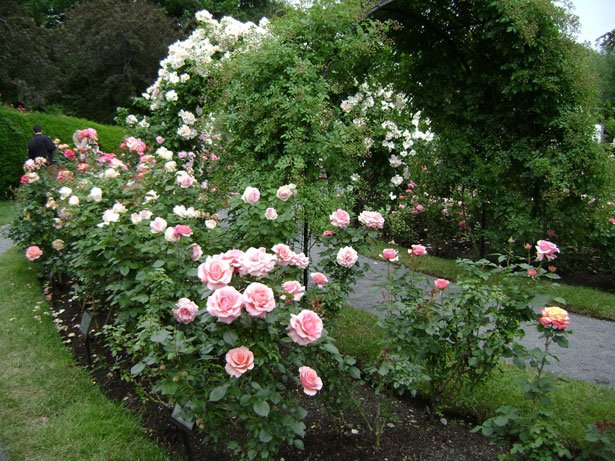
Carotenoids
Roses exhibit a captivating array of colors due to the presence of pigments like carotenoids and anthocyanins. While carotenoids are responsible for producing shades of yellow and orange in some roses, their interaction with anthocyanins creates an even broader spectrum of hues. This collaboration is particularly evident in yellow roses, where the absence of anthocyanins combines with carotenoids to give rise to a brilliant, pure yellow coloration.
The captivating diversity of rose colors, influenced by these flower pigments, showcases nature’s artistic palette. From delicate pastels to vibrant hues, rose colors testify to the intricate interplay between genetics and environmental factors. This process of pigment interaction and genetic expression results in the stunning flower colors we admire and provides insights into the fascinating world of floral biology. Explore the enchanting world of rose colors and uncover the intricate science behind these living masterpieces.
Genetic Factors
The captivating array of rose colors stems from the intricate interplay of genes regulating anthocyanins, carotenoids, and diverse pigments. These genes are pivotal in dictating the hues that adorn roses, shaping their unique charm. Inherited from parent plants, genetic blueprints guide pigment synthesis that infuses vibrant shades of petals. Mutations in these genes lead to novel color variations, contributing to the spectrum of rose colors found in nature.
Moreover, genetic interactions within roses influence the final color outcomes, further enriching their palette. These genetic intricacies generally extend to flower pigments, unraveling the mystique of botanical coloration. By comprehending the genetic foundations underpinning rose colors, we gain insight into the mesmerizing world of flower pigments and the awe-inspiring beauty they bestow upon roses – nature’s living canvases. Explore the fascinating realm where biology and aesthetics unite, as roses, in all their splendor, showcase the wondrous outcomes of genetic expression.
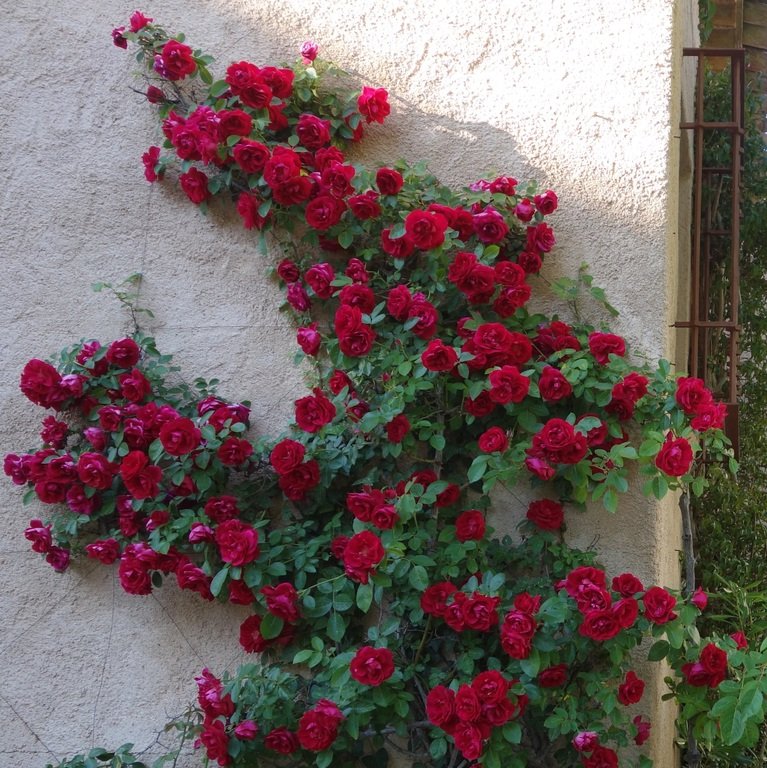
Environmental Conditions
Environmental factors such as light, temperature, and soil pH can influence the expression of these pigments. For instance, roses grown in different soil pH conditions might exhibit varying shades of the same color due to changes in the pigments’ pH-dependent appearance.
Through crossbreeding and hybridization, skilled rose breeders have artfully crafted an extensive spectrum of captivating rose colors. By meticulously selecting and breeding roses with distinct traits, they’ve harnessed the interplay of genetic and environmental elements to achieve this diversity.
Notably, breakthroughs in biotechnology have further propelled innovation. Scientists can now introduce genes from diverse plants into roses, birthing entirely novel color variations. This dynamic convergence of biology and technology has opened up unprecedented possibilities in rose color exploration.
The rich tapestry of rose colors we admire today is a testament to the scientific finesse underpinning the floriculture world. From delicate pastels to vibrant hues, these blooms stand as living canvases, illustrating the harmonious dance between genetics, pigments, and human ingenuity. Discover the allure of rose colors, a testament to nature’s artistry and human cultivation.



